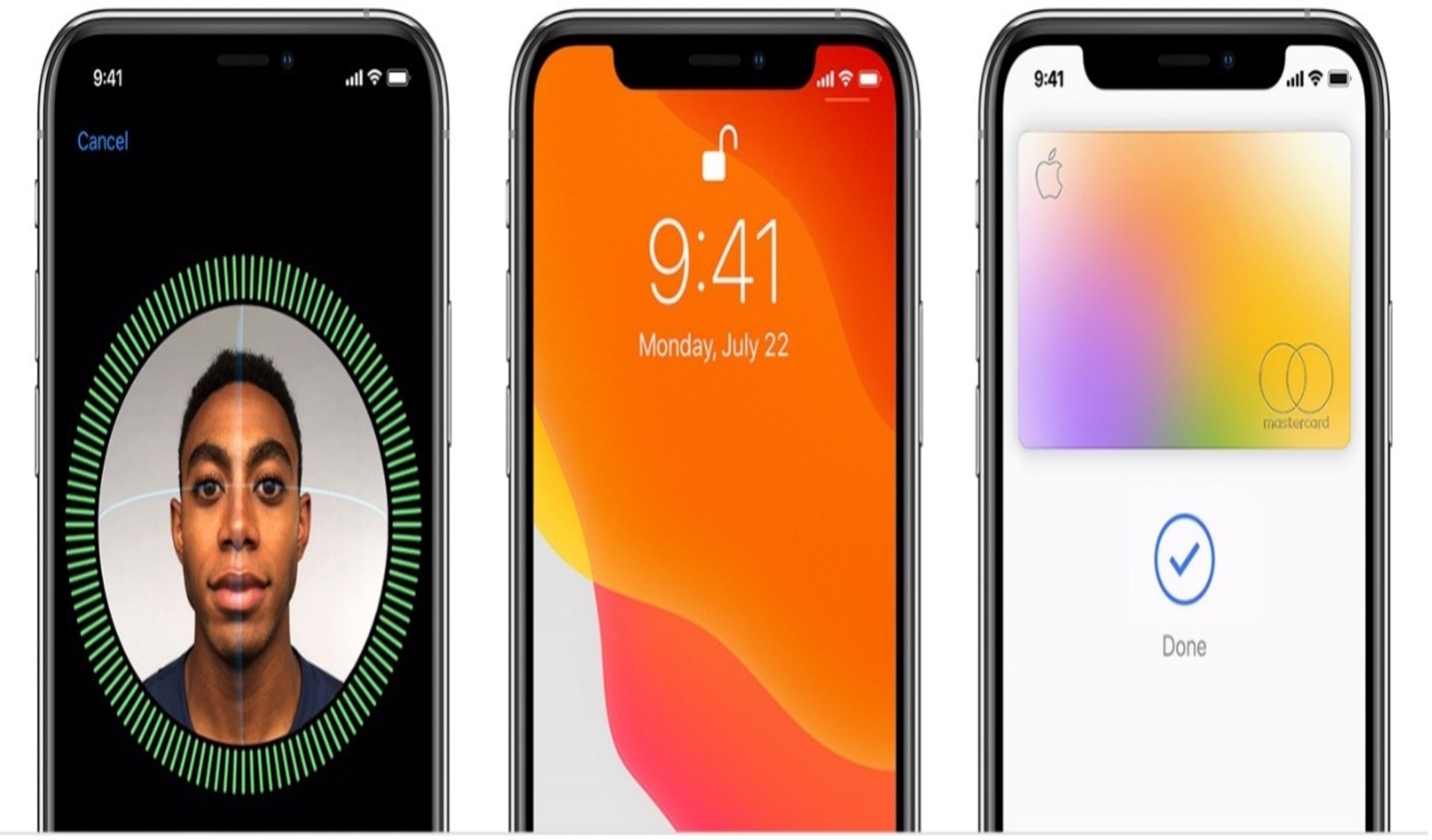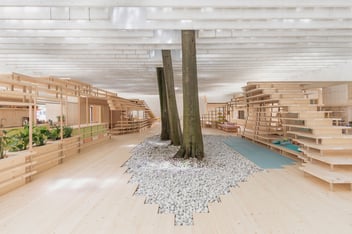QR Code Society
“The spread of contactless technology has put existential pressure onto everyday communication with strangers. As the social contexts in which they once existed are progressively removed or altered, it becomes clear how important incidental interactions are for the sustenance of civil society.”
The above quote was written by Jack Self, a UK based architect, in his 2017 essay titled “Contactless”. Jack writes about the consequence and effects of contactless technology on people and society.
What does it mean to reduce our incidental interactions with each other?
What does it mean to reduce the usual tactility of life?
Recently, the concept of ‘contactless’ took on new meaning. No longer was it simply technology that was preventing interaction out of convenience, rather implementing contactless-ness became a necessity for global health, utilising established technology for public safety.
For most humans, interaction and engagement with others is paramount to a balanced life. Architecture is so often about creating spaces that facilitate this. How does architecture need to respond to a contactless world?
Beyond the pandemic, designers have the challenging task of considering how architecture could change to attract interaction that may otherwise remain conveniently contactless.
How can architecture facilitate and promote contact in a QR code society? Are our future public spaces the antidote?






